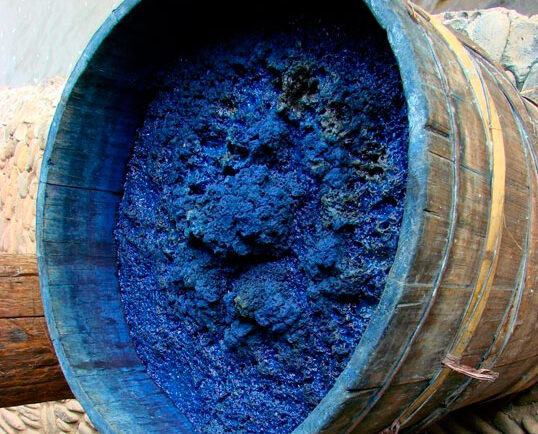


Our roots
1234
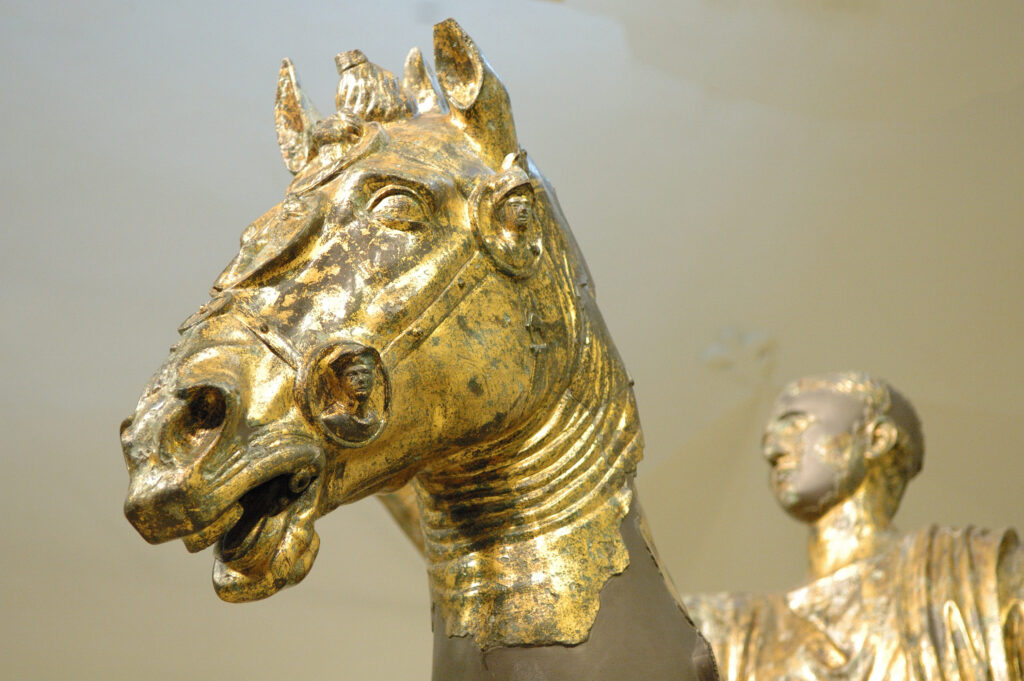





Pergola
We live and founded our company in Pergola, a medieval village, formerly of the Duchy of Urbino, whose foundation year is difficult to forget 1234.The confluence of two rivers, a source of great energy, led the hard-working "Eugubini" (the inhabitants of Gubbio) to found the first settlement here, of which the ancient village preserves numerous signs.
Extraordinary was the splendor that the city had in the eighteenth century and the fundamental role that the citizens of here had in the process of unification of Italy.
Among the beautiful churches, palaces and works of art preserved in the city, two are the masterpieces that Pergola boasts in particular: the "gilded bronzes", an extraordinary equestrian group in gilded bronze from the Roman period in life-size, dating back to the 1st century AD and preserved in the "Museum of the Gilded Bronzes and the City of Pergola" and a wonderful fresco of the 15th century very well preserved and attributed until 1920 to Raffaello. One of the most important frescoed masterpieces made in the Marche at that time.
But what fascinates the most those who visit our lands is undoubtedly the landscape, in which small plots of land draw soft multicolored hills that give peace and serenity.
A land of perfumes
Our land is rich in extraordinary and fragrant products: a very fragrant red wine with a deep red color, that bear the name of the city: Pergola, but above all it grows here in abundance the White Truffle of Pergola(Tuber Magnatum Pico) whose unforgettable aroma capture the interest of chefs from all over the world.
A very important National White Truffle Fair
is going live here for 25 years on the first 3 Sundays of October.
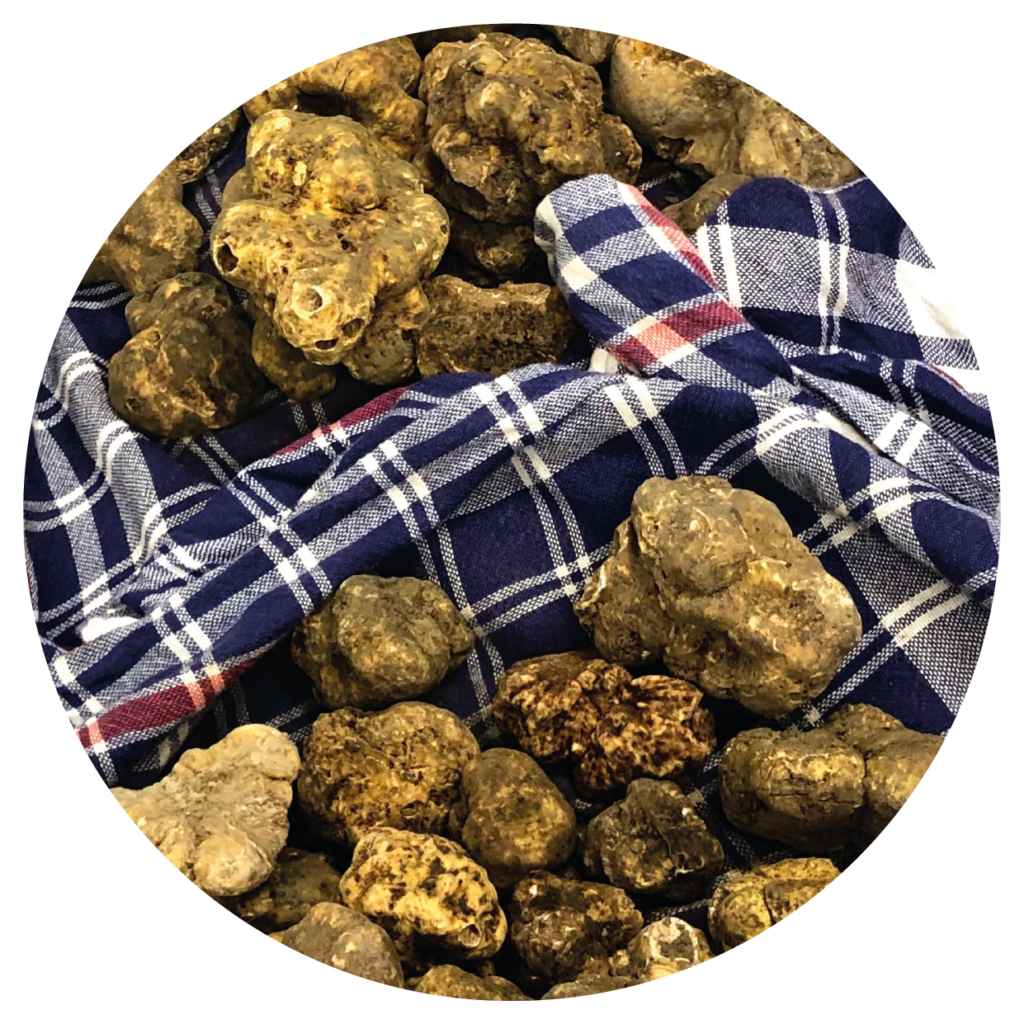




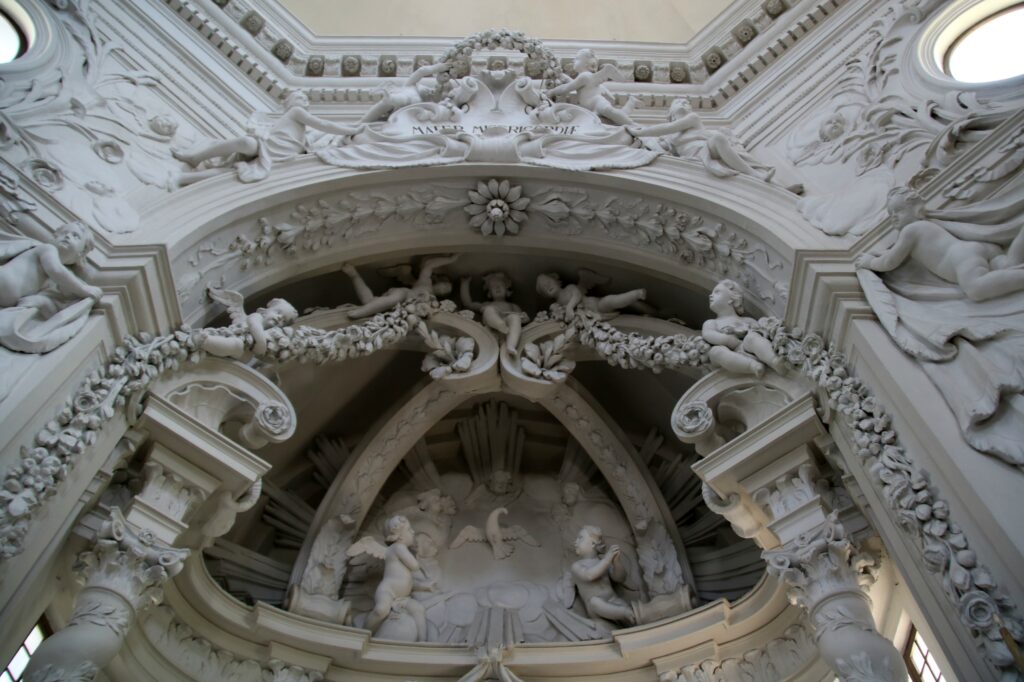



... and colors
Our woods in spring and autumn are rich in medicinal plants and dyeing plants. Wandering around the countryside, for example, it is also possible to come across strange round stones, these are the millstones that were used in the 16th century throughout the Duchy of Urbino to grind the "Ford", a plant with green leaves that gives a blue pigment when extracted. This color has been used by Raffaello and by the great painters of the Renaissance. There are also many other dying plants like "Scotano" and "Robbia", from which a beautiful purple red and a wonderful yellow can be extracted.
All of this can be found in Pergola in the little "district of the dyers" located immediately outside the city walls, aroung the small church of "Santa Maria delle Tinte".
A visit worth the trip.



This is where we have chosen to live, in the same lands that gave birth to Raffaello, in that central part of Italy that has experienced the Renaissance more than any other place, the period of history that looked above all else to beauty.
And we are confident that what Raffaello he portrayed and did, if only
the externalization of the beauty that he had breathed here since he was a child.


We live and we wanted our company in Pergola, a village
medieval, formerly of the duchy of Urbino, whose foundation year is difficult
1234. The confluence of two rivers, a source of great energy,
led the hardworking Gubbio (the inhabitants of Gubbio) to found
here the first settlement, of which the ancient village preserves intact
numerous testimonies. Extraordinary was the splendor that the city had
in the eighteenth century and the fundamental role that the citizens of here had
in the process of unification of Italy.
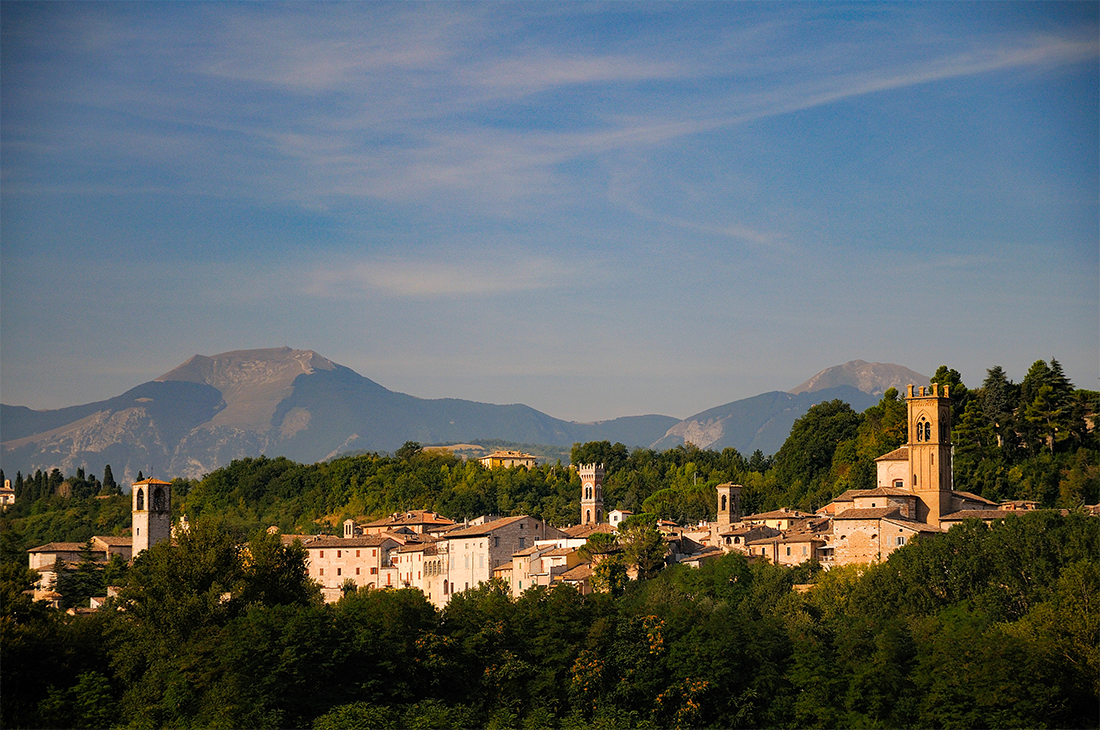

Among beautiful churches, palaces and works of art preserved in the city two
are the masterpieces that Pergola boasts in particular: the gilded bronzes,
an extraordinary equestrian group in gilded bronze from the Roman period
life size, dating back to the XNUMXst century AD and preserved in
"Museum of the Gilded Bronzes and the City of Pergola" is a wonderful
fresco of the '400 very well preserved and attributed until 1920 BC Raffaello,
one of the most important frescoed masterpieces made in the Marche
in that time. But what most fascinates those who visit our lands
and certainly the landscape, in which small plots of land
they draw soft multicolored hills that instill serenity.





Our woods in spring and autumn are rich in medicinal plants and dyeing plants. Wandering around the countryside, for example, it is also possible to come across strange round stones, these are the millstones that were used in the 500s throughout the Duchy of Urbino to grind the Ford, from whose green leaves a blue pigment was almost magically extracted, used by Raffaello and by the great painters of the Renaissance. But there is no shortage of Scotano and Robbia plants, from which a beautiful purple red and a wonderful yellow can be extracted.
All this is witnessed in Pergola in the suggestive district of the dyers that unfolds immediately outside the "castrum", starting from the small church of Santa Maria delle Tinte.
A visit is worth the trip.
